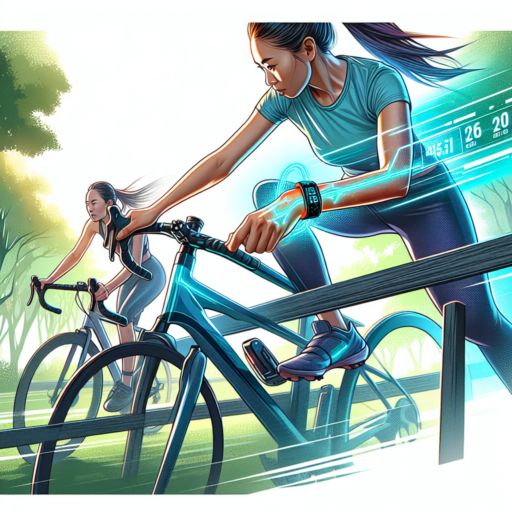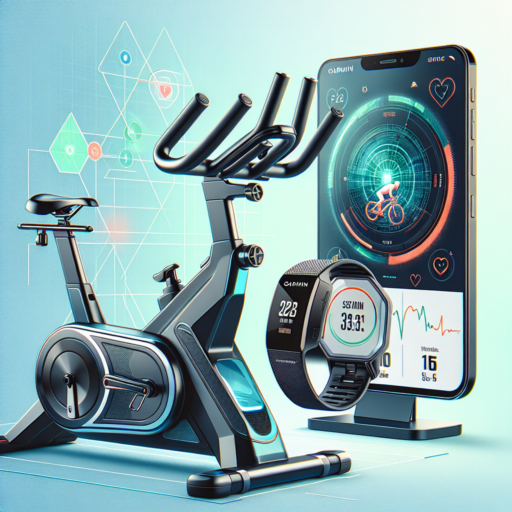What is the best fitness tracker for biking?
Identifying the best fitness tracker for biking depends on a variety of factors including functionality, accuracy, battery life, and personal preferences. Cyclists often look for devices that can accurately track distance, speed, elevation, and provide navigation aids. With the plethora of options available in the market, making a choice can be overwhelming. However, some models stand out due to their specialized features tailored towards biking enthusiasts.
Key Features to Consider
- GPS Functionality: Essential for mapping your rides, tracking your speed, and analyzing your route post-ride.
- Heart Rate Monitoring: Offers insights into your cardiovascular efforts, enabling you to train more efficiently.
- Battery Life: Longer battery life means less frequent charging, especially important for those long rides and bike tours.
- Water Resistance: A useful feature for biking in various weather conditions, ensuring your device remains functional.
Some trackers are designed specifically with cyclists in mind, offering not only the basic fitness tracking features but also advanced metrics like altitude, incline, and even cycling-specific VO2 max estimates. Connectivity with other devices, such as power meters and cadence sensors, enhances the tracking accuracy and offers a holistic view of your performance.
Ultimately, the best fitness tracker for biking is one that aligns with your specific needs and goals. Whether you prioritize detailed metric tracking, navigation assistance, or simply general activity tracking while enjoying your ride, there’s undoubtedly a device that meets these criteria. It’s recommended to compare the latest models and user reviews to find the perfect fit for your biking adventures.
Which Fitbit is best for bikers?
Choosing the right Fitbit for bikers involves considering specific features that cater to cycling needs, such as GPS tracking, heart rate monitoring, and durability. Fitbit offers several models, but for bikers, certain options stand out more predominantly.
Key Features for Bikers
- GPS Tracking: Essential for tracking your rides, distance, and pace.
- Heart Rate Monitoring: Helps monitor your fitness level and intensity.
- Water Resistance: A necessary feature for biking in varied weather conditions.
Considering these features, the Fitbit Charge 4 emerges as an excellent choice for bikers. It comes equipped with built-in GPS, making it easier to track your rides without needing your phone. The Charge 4 also supports Active Zone Minutes, which is beneficial for tracking workouts and rides. Moreover, its robust design and water resistance make it suitable for all-weather biking.
Another noteworthy option is the Fitbit Versa 3. It boasts a built-in GPS, large display for easy navigation, and the ability to store and play music directly from the watch – adding a nice touch for those long rides. Its long battery life ensures it won’t quit before your bike ride does.
Which Garmin is best for cycling?
Deciding on the best Garmin for cycling depends on various factors such as the cyclist’s experience level, the complexity of data desired, and the type of cycling they engage in. Garmin offers a wide range of devices catered to both casual cyclists and serious athletes, providing detailed analytics and robust features to enhance the cycling experience.
Garmin Edge 530: The All-Rounder
The Garmin Edge 530 is often hailed as the perfect all-rounder for cyclists. It’s packed with advanced analysis features such as dynamic performance monitoring and insights on your VO2 max, recovery, and more, making it ideal for cyclists looking to improve their performance. Moreover, its comprehensive navigation features and long battery life make it suitable for long rides and exploring new trails.
Garmin Edge 1030 Plus: For the Endurance Cyclist
For those who go on lengthy rides and need a device that can keep up, the Garmin Edge 1030 Plus is the top choice. Its standout features include a large, easy-to-read display, up to 24 hours of battery life in GPS mode, and detailed maps that come preloaded for navigation. This device is designed for serious cyclists aiming to push their limits, with advanced training features that analyze every aspect of performance.
Each Garmin model serves different cycling needs, whether it’s for mountain biking, road cycling, or casual riding. When choosing the best Garmin for cycling, consider what data and features will most effectively support your riding goals and preferences. Garmin’s commitment to enhancing cycling experiences through innovative technology ensures that there’s a perfect match for every cyclist’s journey.
What watches do Tour de France riders wear?
During the grueling stages of the Tour de France, riders not only rely on their physical strength and endurance but also on high-tech gear to optimize their performance. One key piece of this gear is the watch, often overlooked, yet crucial for training and competition. The choice of watch among Tour de France riders can vary significantly, reflecting a blend of functionality, sponsorships, and personal preference.
Many professional cyclists, including those competing in the Tour de France, often wear premium sports watches from brands like Garmin, Polar, and Suunto. These watches are favored for their advanced features tailored towards enhancing athletic performance. For instance, Garmin’s Forerunner and Fenix series are popular choices for their GPS capabilities, heart rate monitoring, and detailed cycling analytics. They provide riders with real-time data on their performance, including speed, distance, and elevation gained, crucial for pacing themselves through the race stages.
In addition to practical features, sponsorship deals also play a critical role in determining which watches Tour de France riders wear. Teams often have official partnerships with watch brands, requiring riders to wear specific models during races and public appearances. For example, the luxurious watchmaker Tissot has been associated with cycling events for years, providing not only timekeeping services but also sponsoring teams and adorning the wrists of many cyclists with their high-end watches.
The choice of watch is thus a careful consideration of function, obligation, and often, personal style. While some may opt for the latest model packed with features, others might prioritize comfort, weight, or even the simplicity of the watch, aiming to keep their focus sharp on the road ahead.









